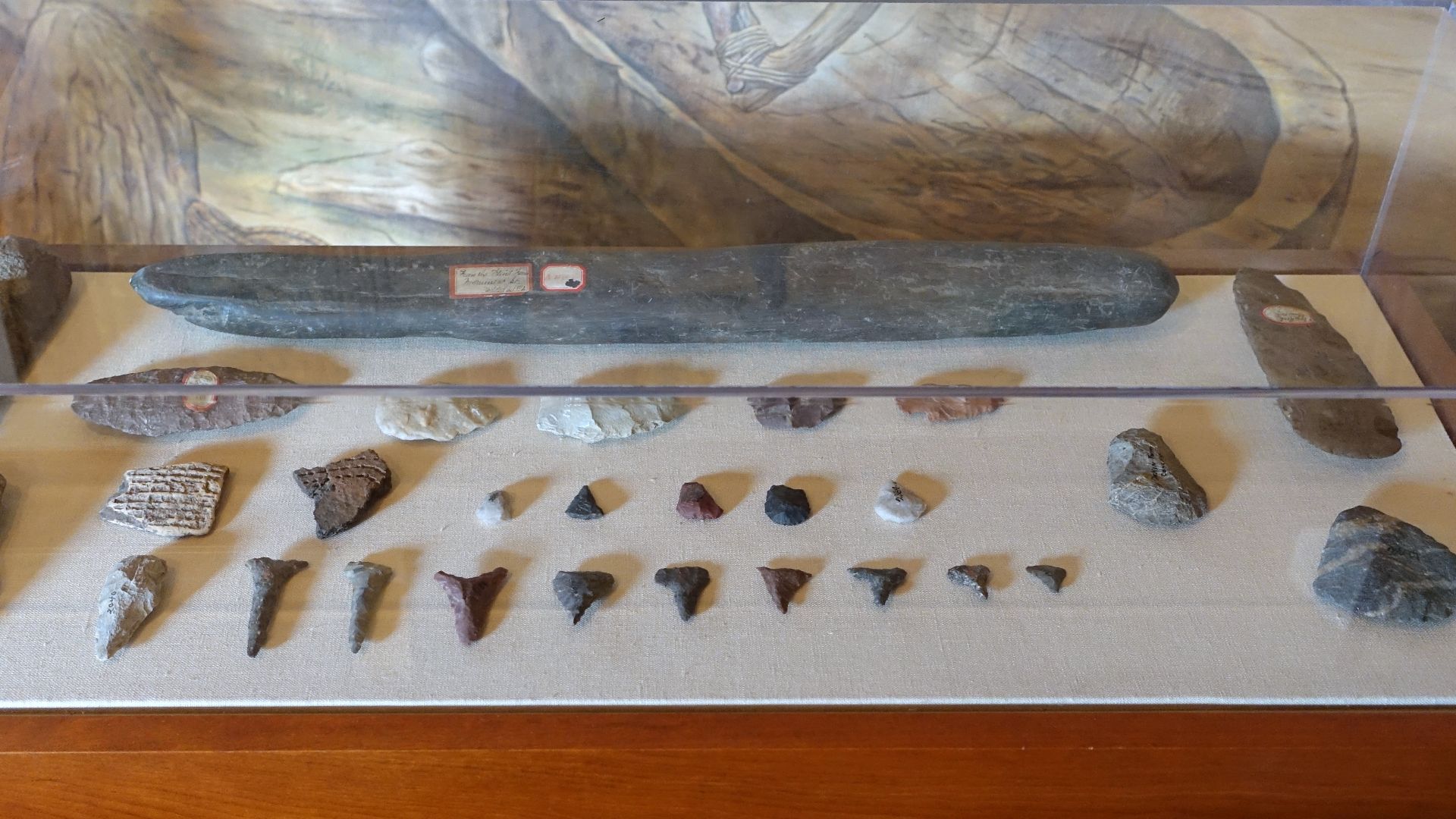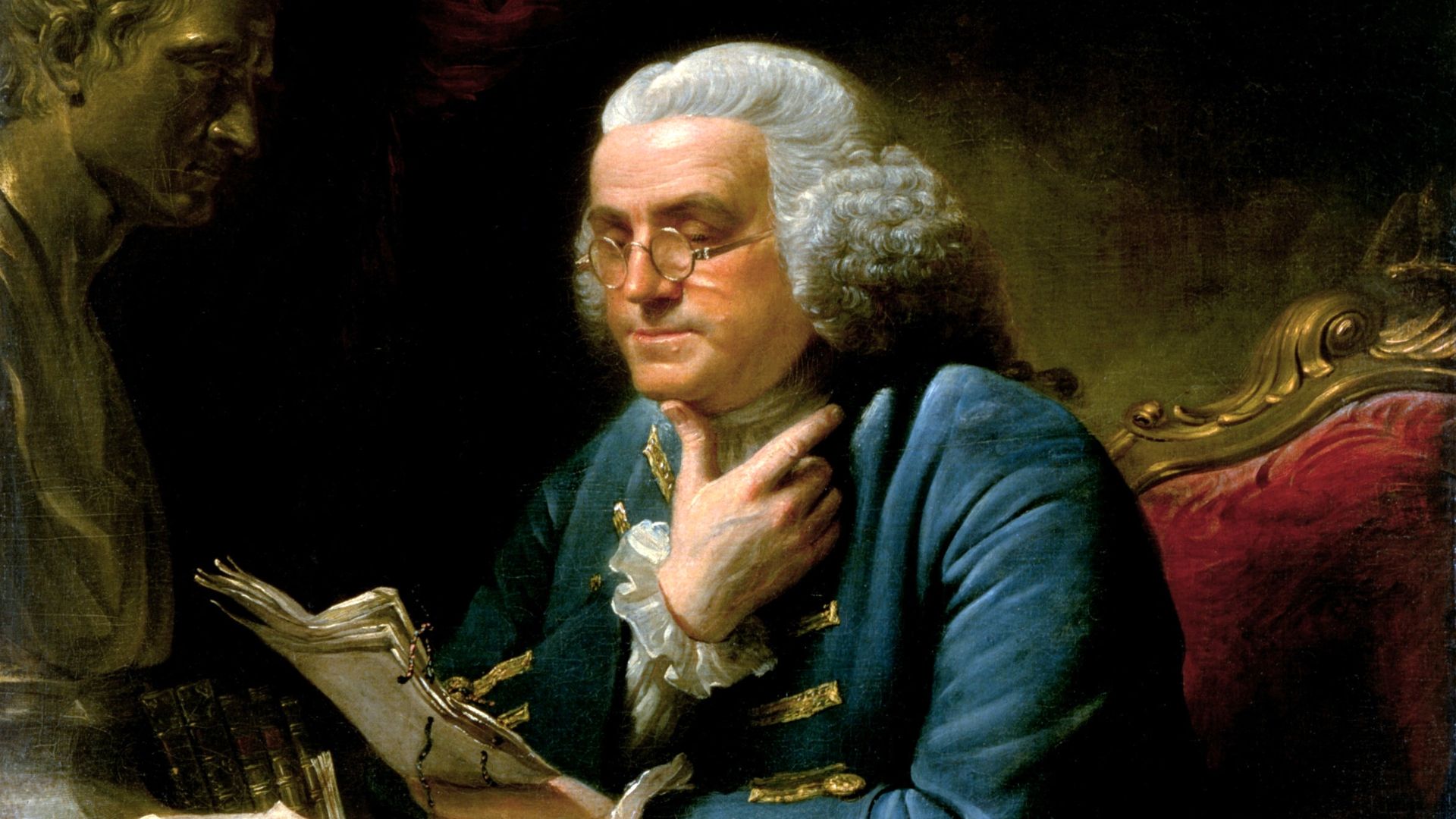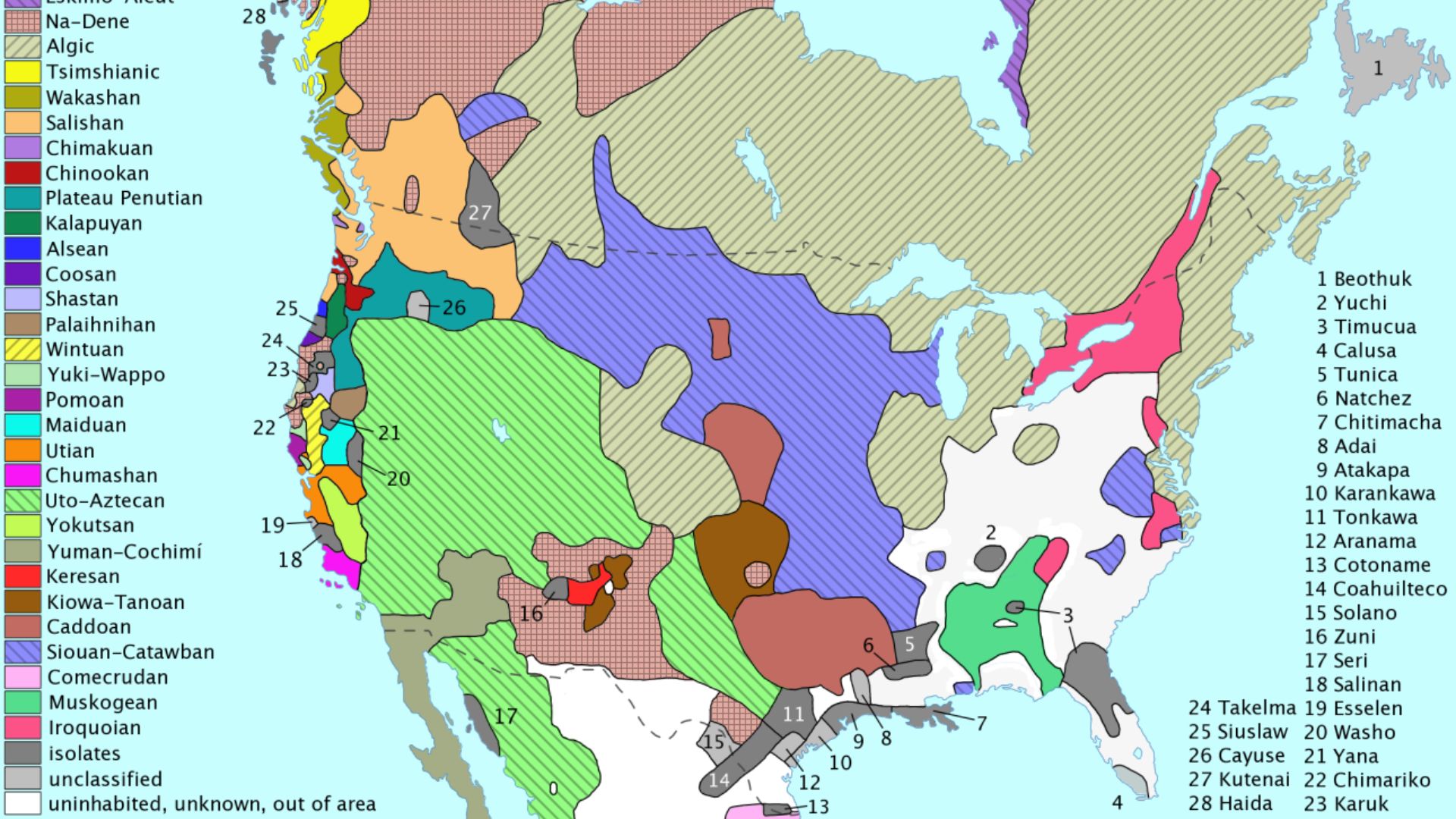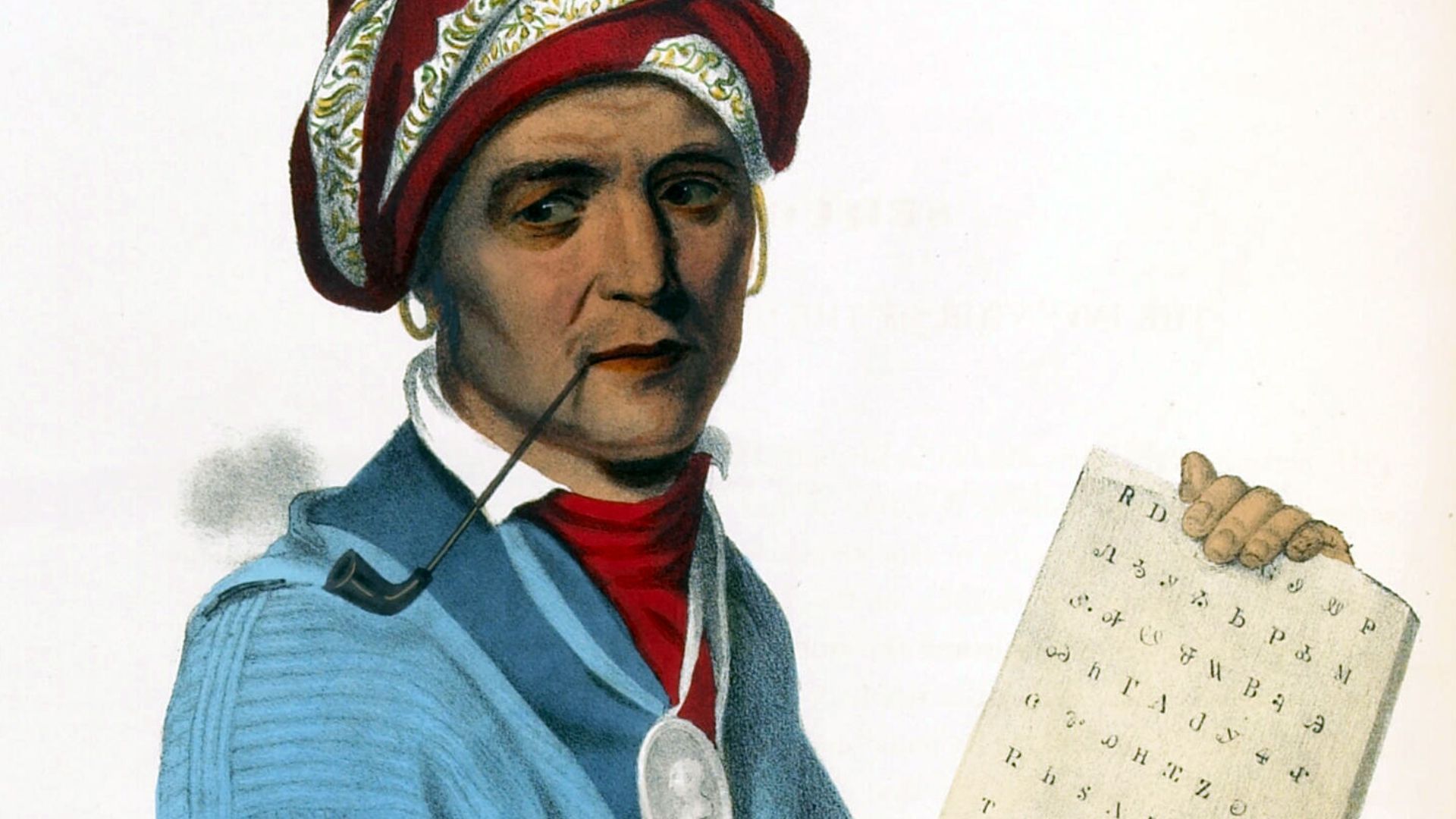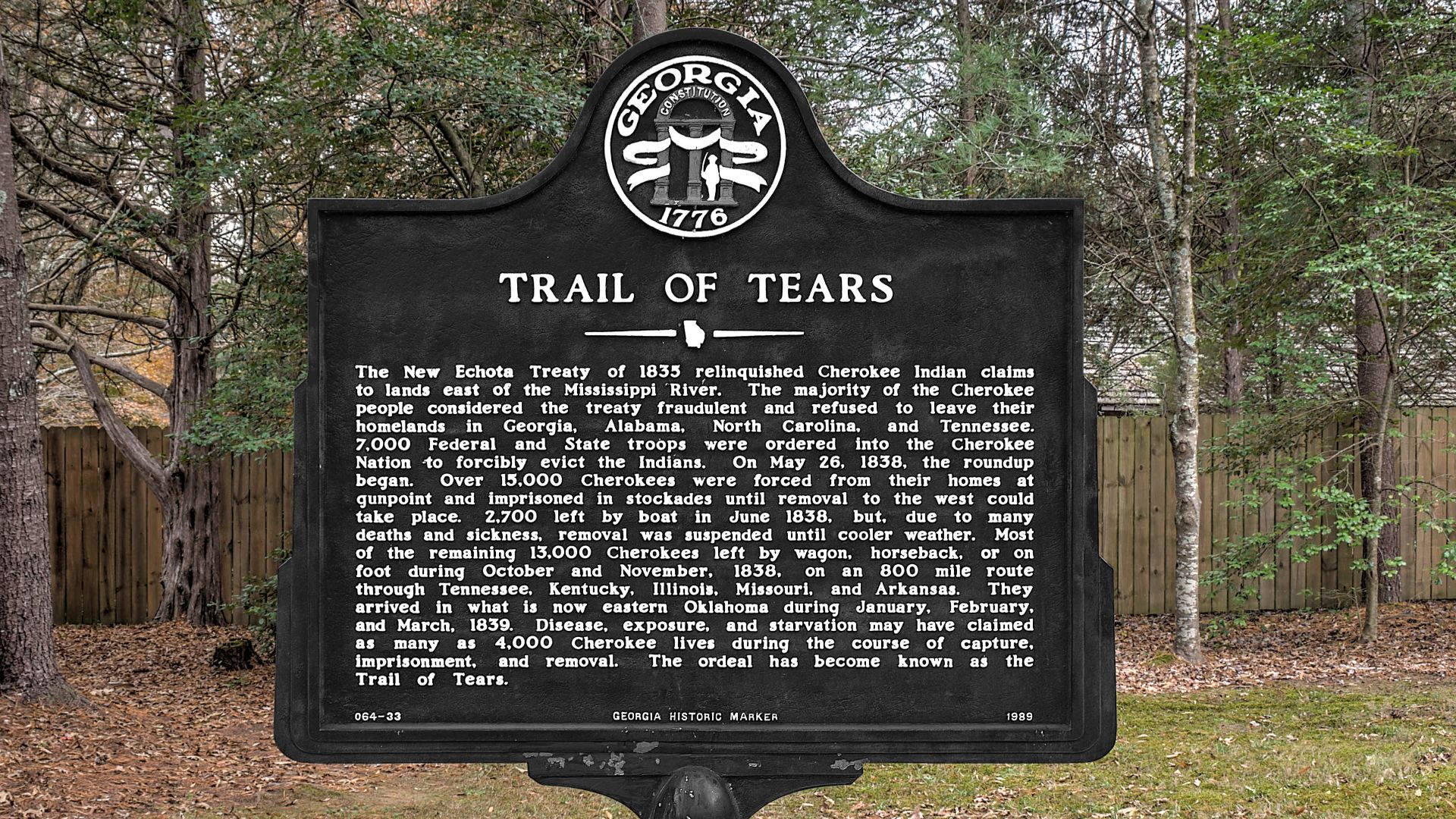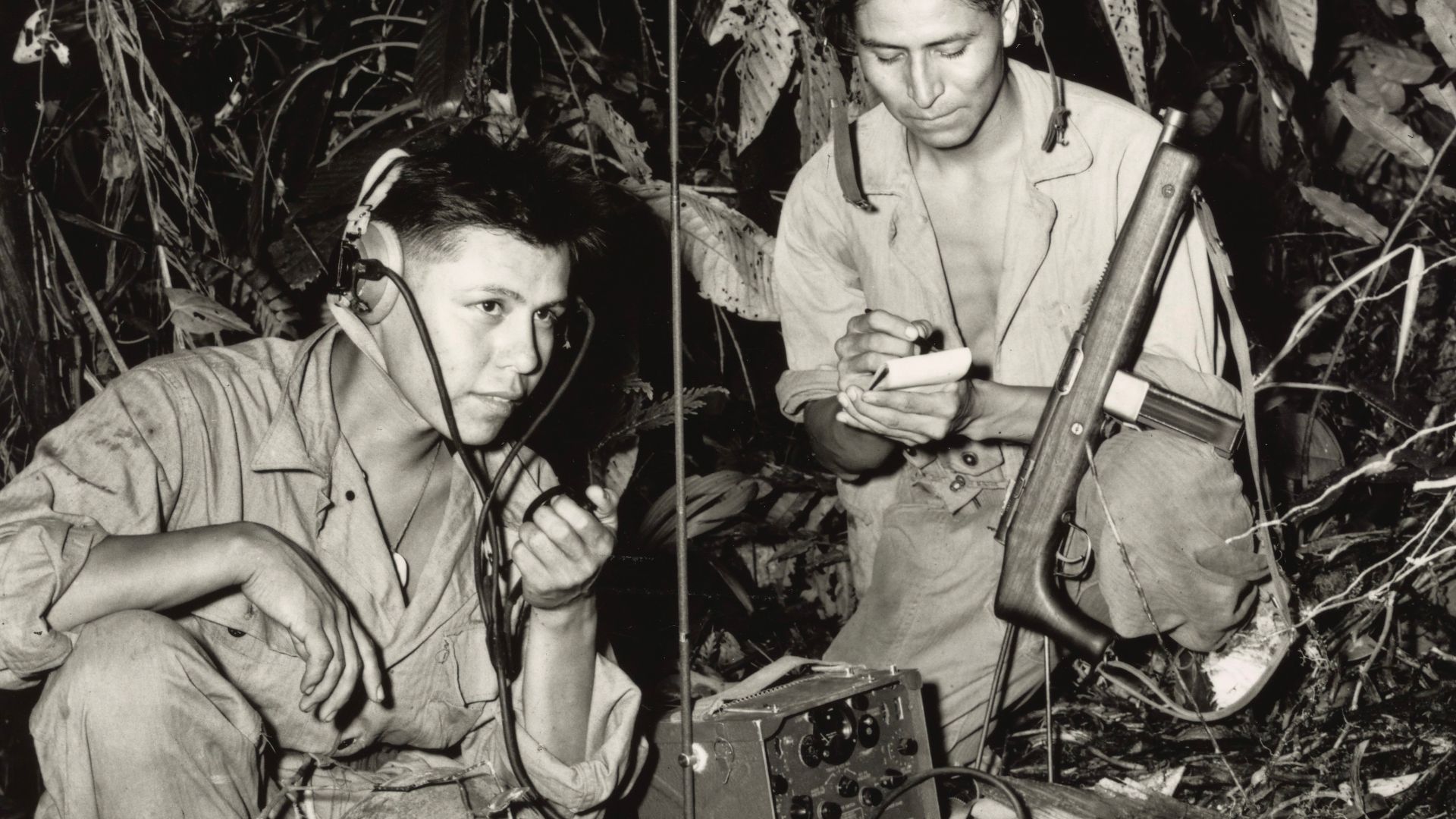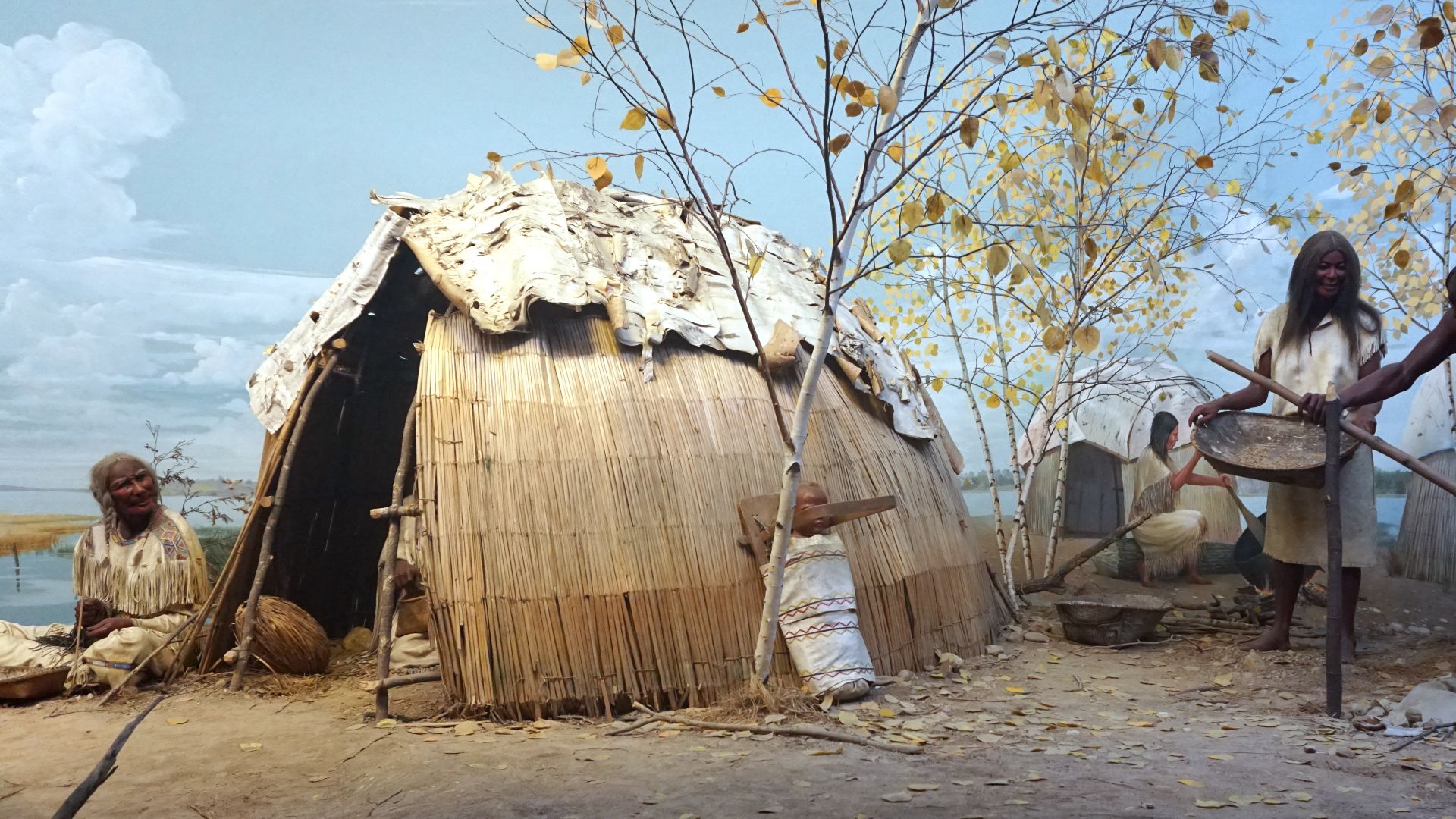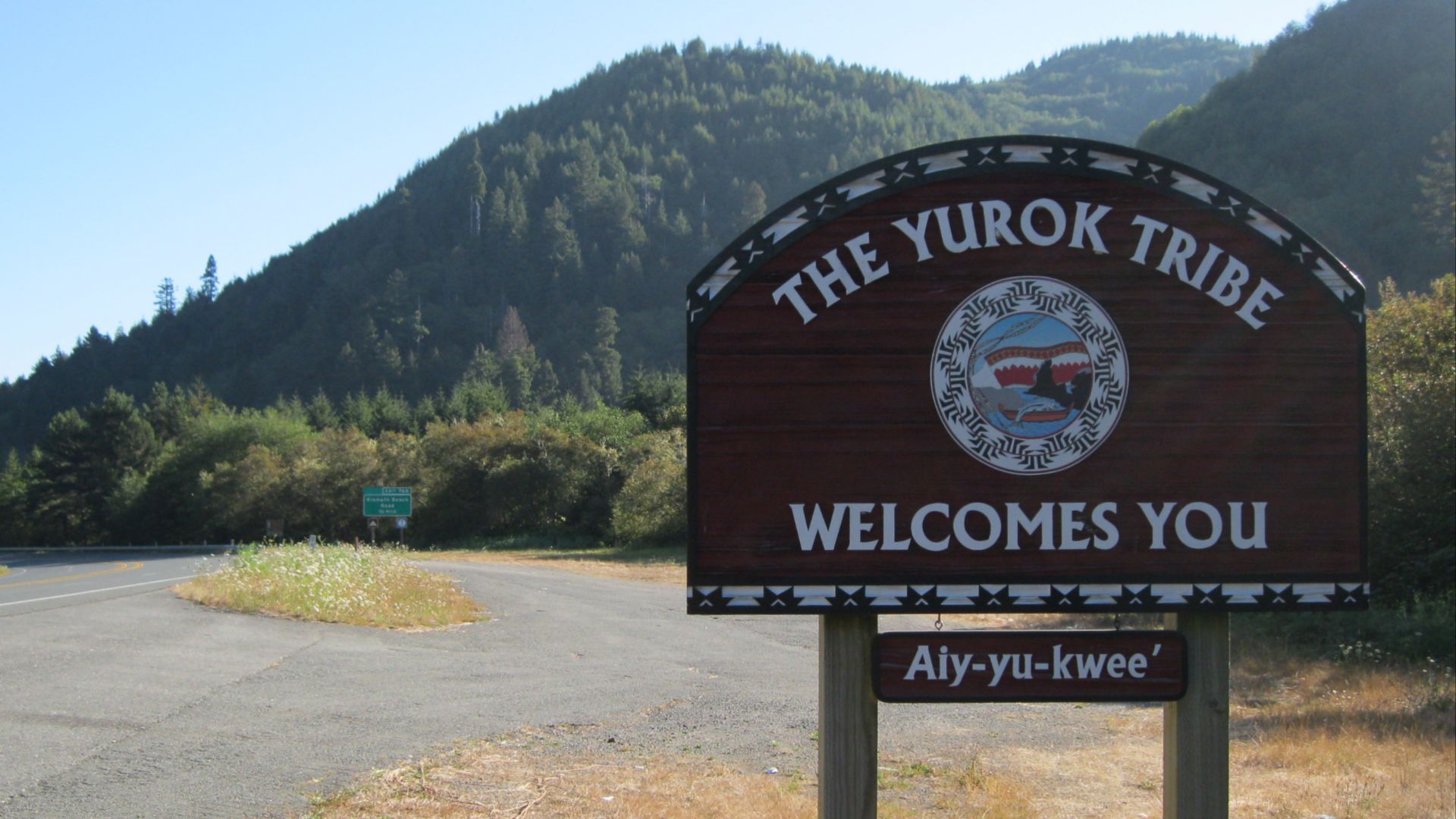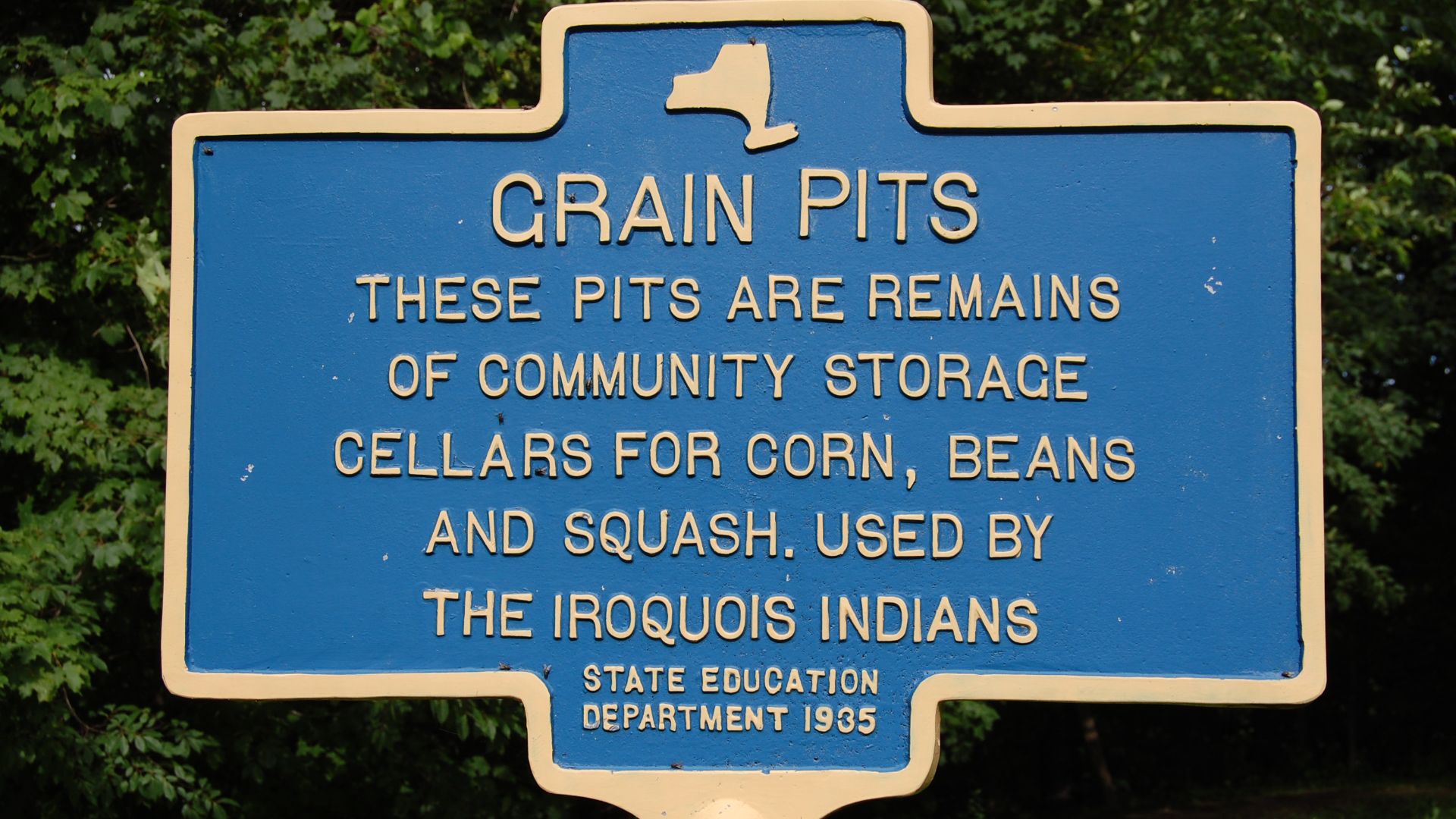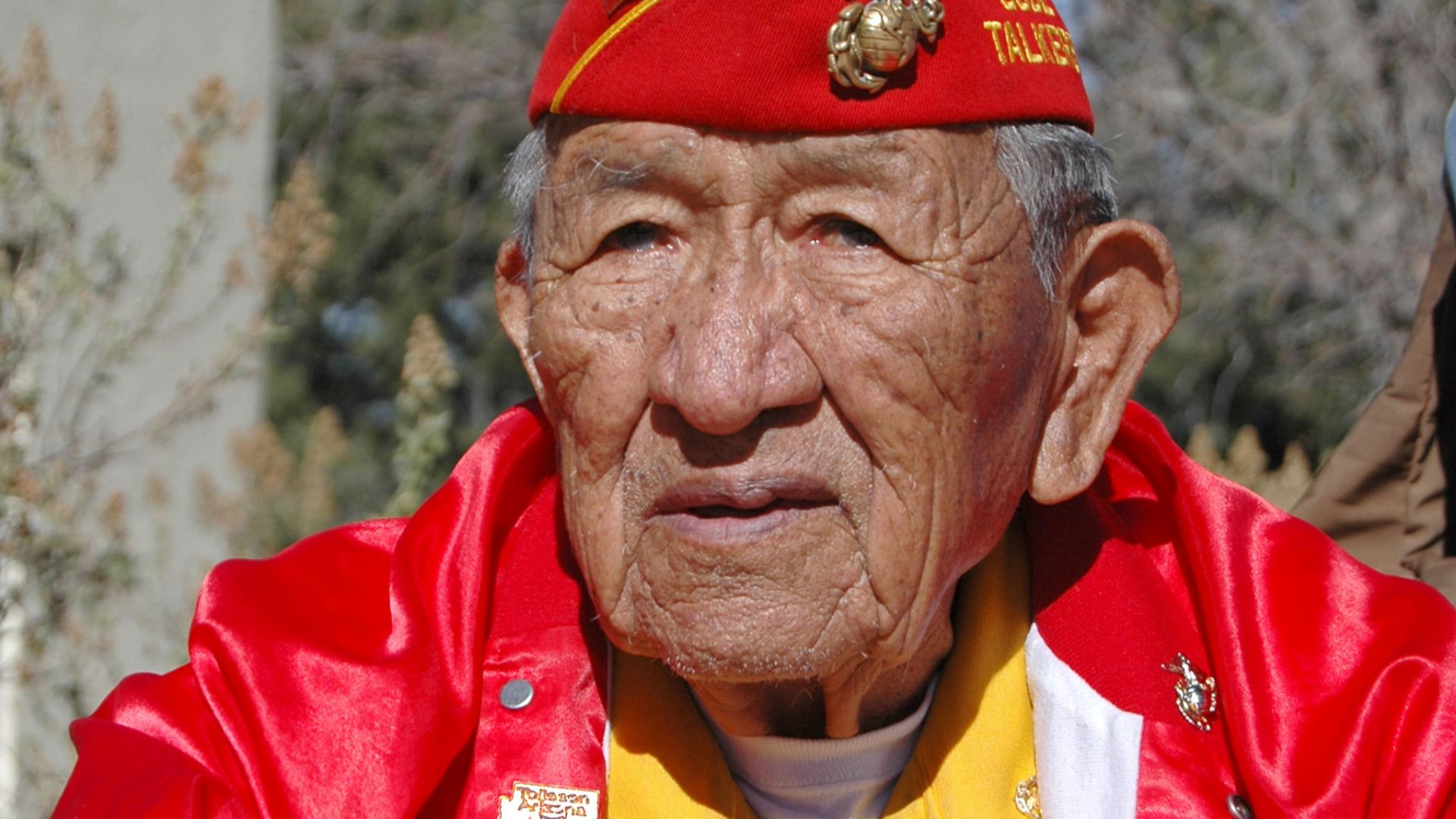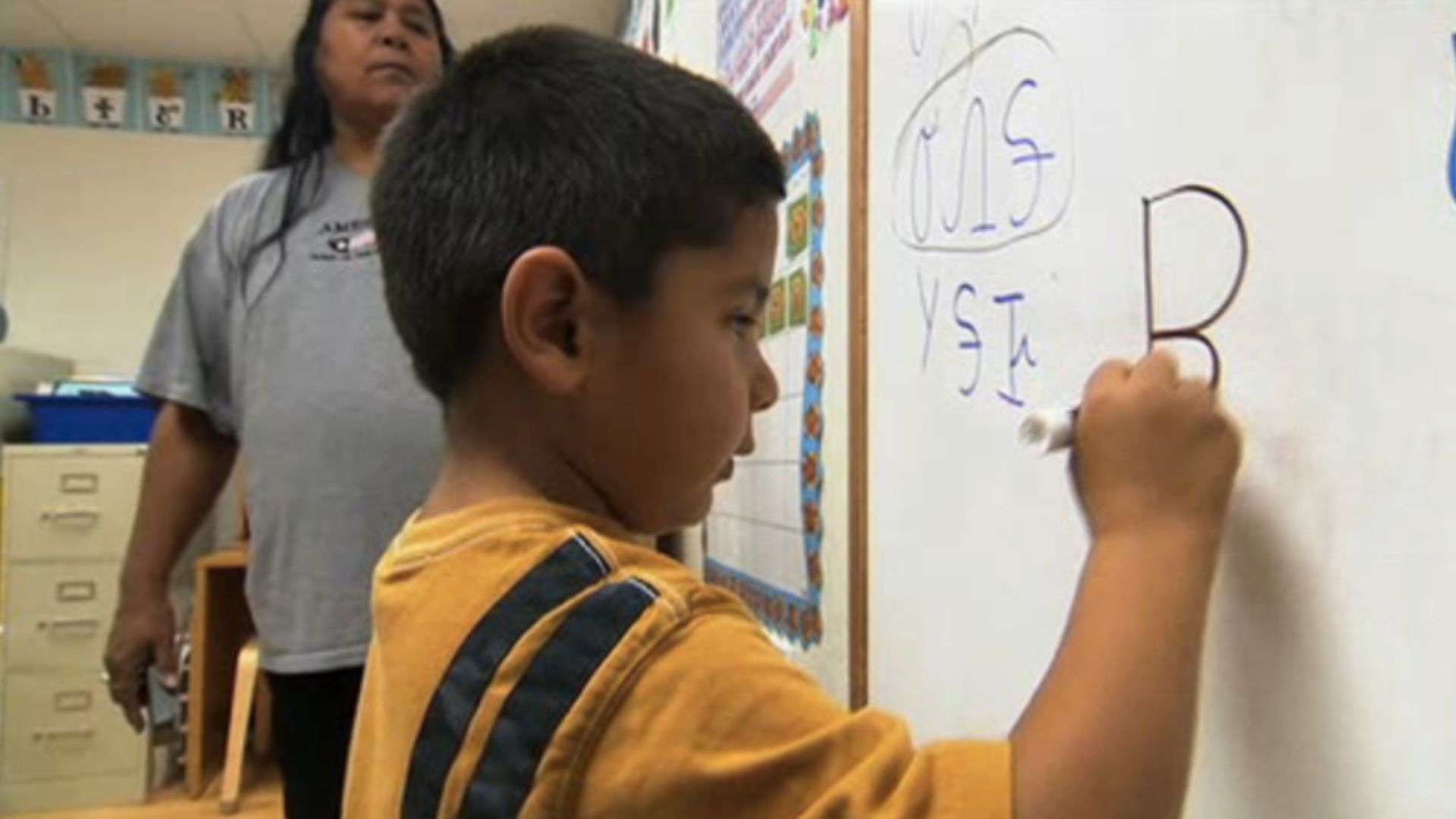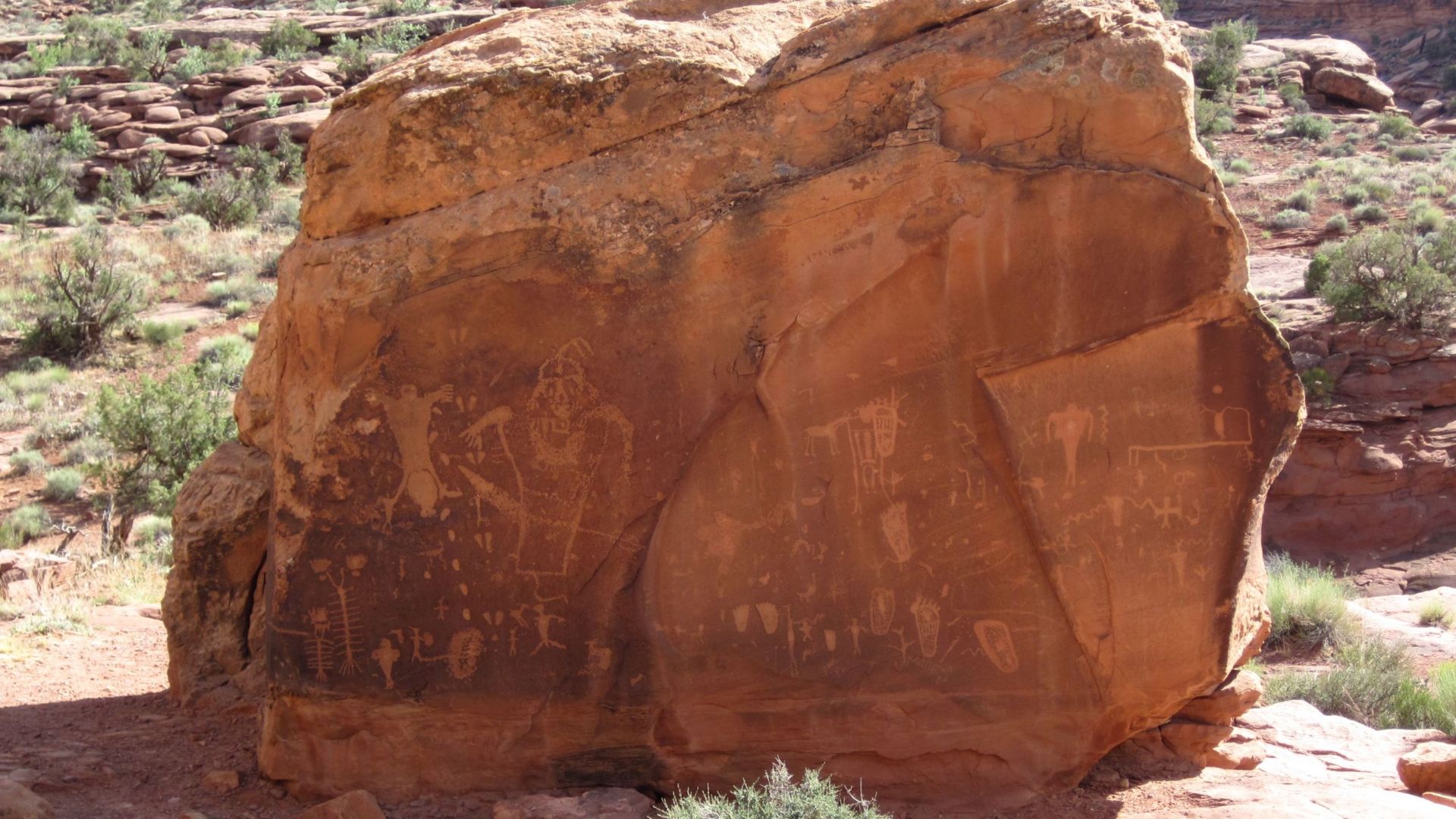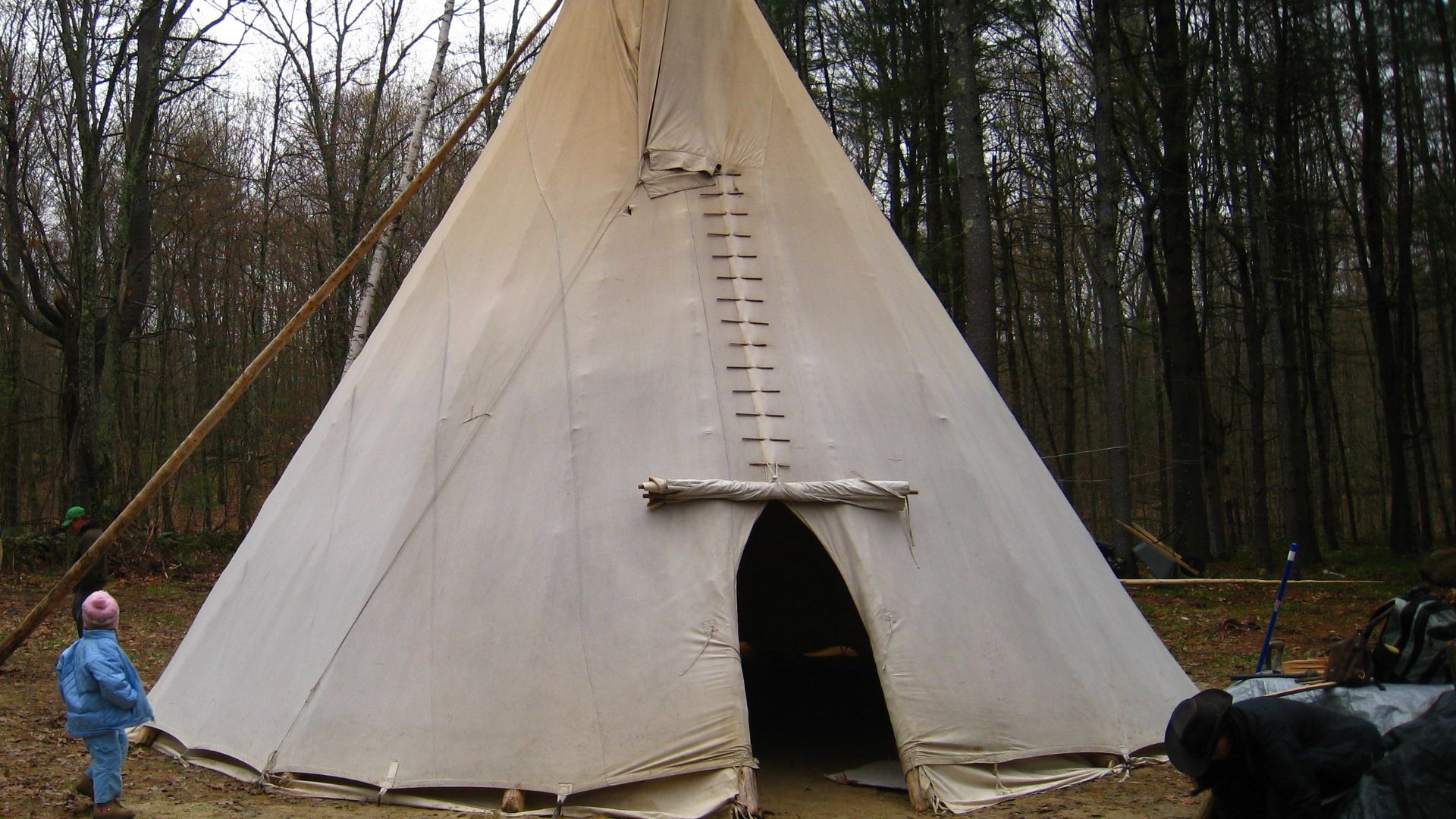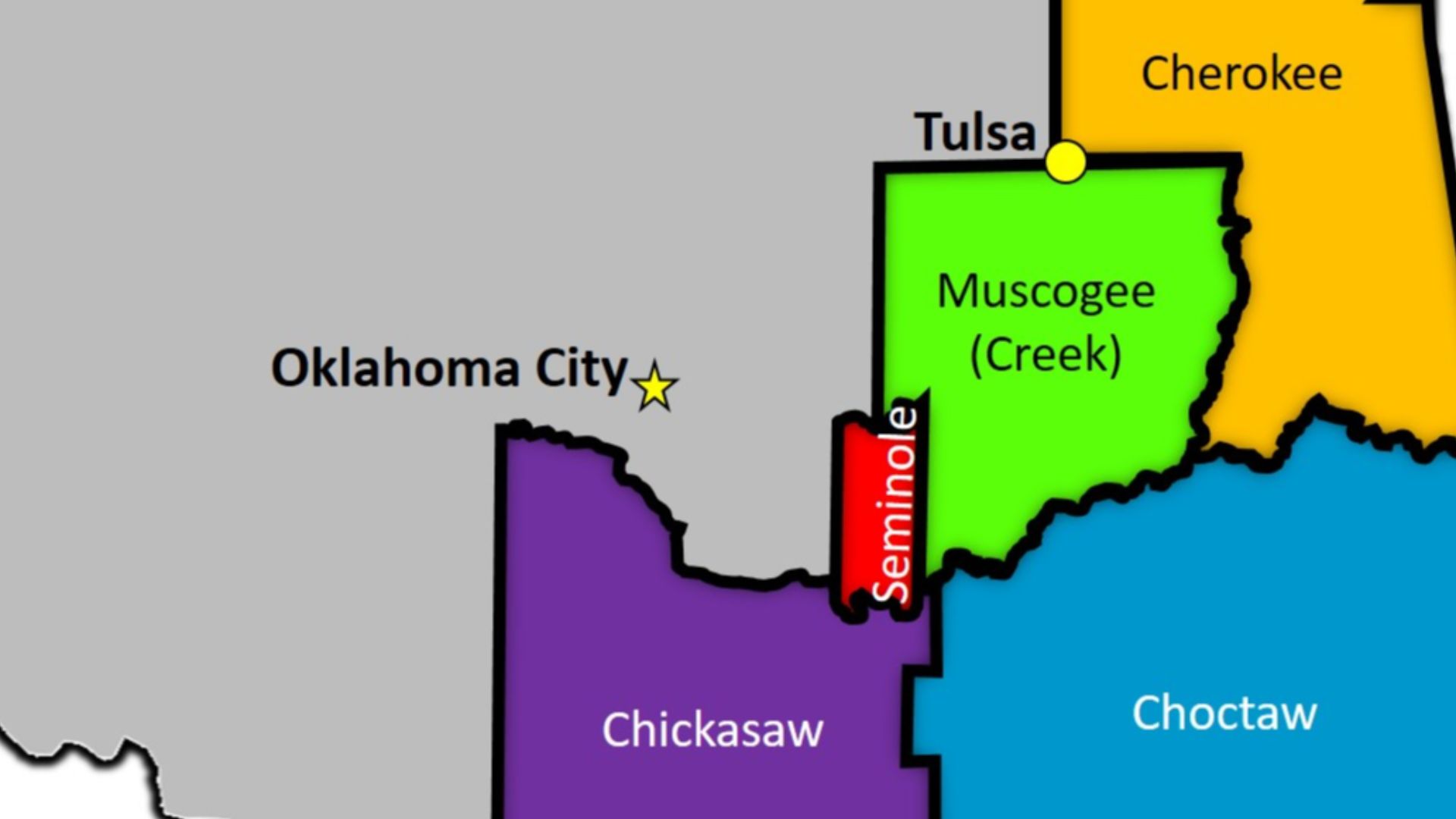The Real Stories Run Deep
Some parts of history are never fully told, lingering in places people don't go. Native American history tends to occupy that space, its importance and rich meaning rarely at the forefront, which is why we've compiled 20 facts that shift the perspective about their history and bring something deeper to the surface.
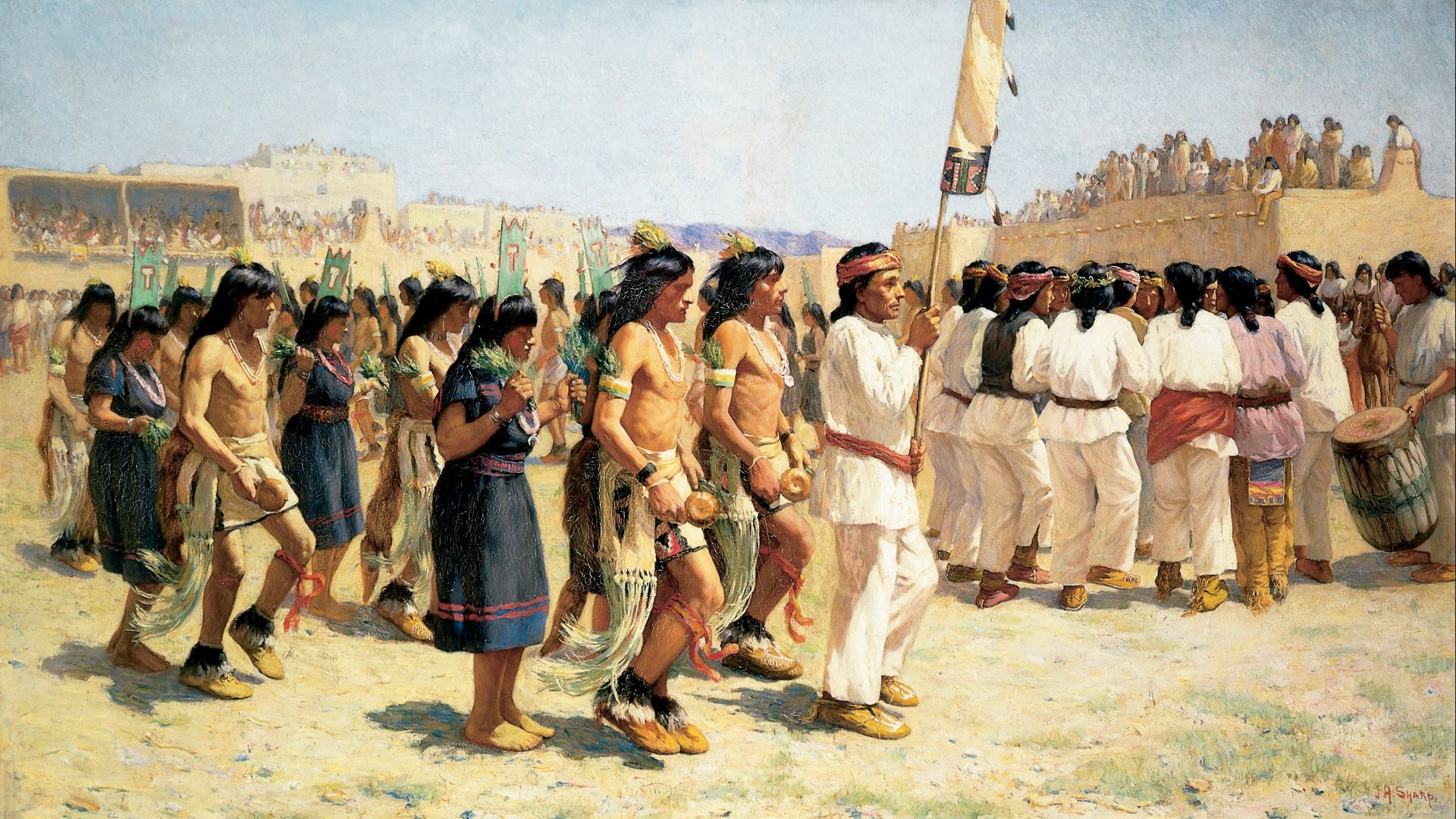 Joseph Henry Sharp on Wikimedia
Joseph Henry Sharp on Wikimedia
1. Indigenous Peoples Lived in the Americas for Over 15,000 Years
Over 15,000 years ago, early Indigenous peoples began shaping North America. They tracked mammoths, built mounds, and thrived in forests and deserts. Their presence was transformational. Today, archaeologists still uncover their tools and bones.
2. Iroquois Governance Inspired the U.S. Constitution
Long before the U.S. drafted its Constitution, the Iroquois Confederacy ran a sophisticated government rooted in balance and consensus. The Founding Fathers borrowed their model of federated power and Benjamin Franklin even attended tribal councils.
3. Over 300 Native Languages Were Once Spoken
Languages once danced across the continent—over 300 distinct tongues, each with its own worldview. It's hard to imagine so many once existed when fewer than 50 are actively spoken now.
4. Sequoyah Created the Cherokee Writing System
Without formal schooling, Sequoyah invented a written syllabary for the Cherokee language in 1821. His work skyrocketed Cherokee literacy rates almost overnight and by 1830, the Cherokee Phoenix became the first Native-run newspaper using this written system.
5. The Trail of Tears Forced Tribal Relocation
Thousands of Native families faced cold and hunger during the Trail of Tears in the 1830s. The U.S. government expelled tribes like the Cherokee from their homelands, and over 4,000 people lost their lives. Their journey stretched over 1,000 miles, mostly on foot.
6. Native Code Talkers Served in World Wars
During World Wars I and II, Native soldiers like the Navajo used their languages to create unbreakable battlefield codes. Enemy forces never cracked them. In 2001, Congress honored them with gold medals for their unmatched contributions to Allied military success.
7. Oral Traditions Preserved Native History
Native communities passed down their history through storytelling. Grandparents shared legends by firelight—stories that held law and identity. One tale could carry humor but still teach geography and morality. Today, some tribal schools still teach core history in this manner.
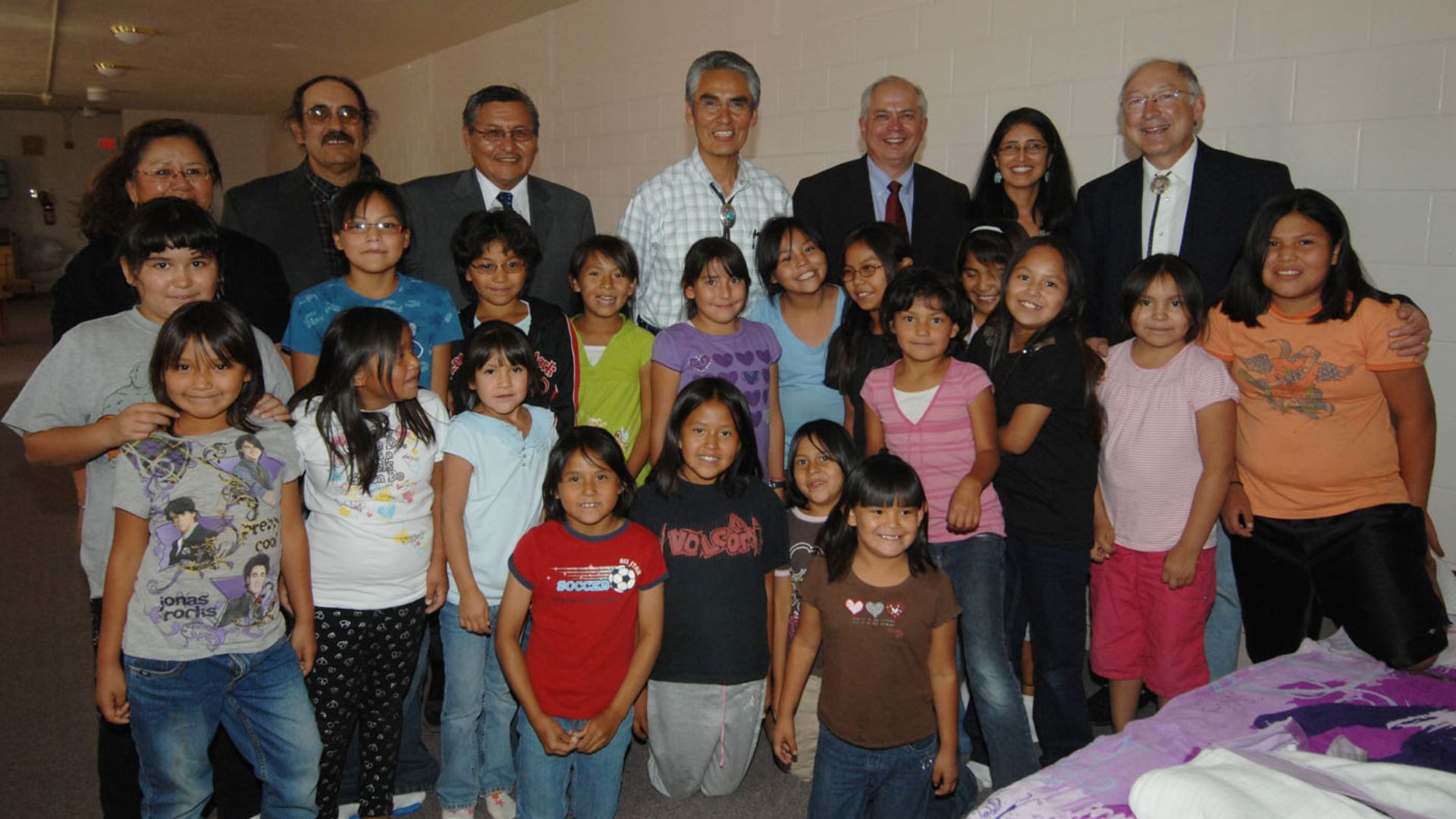 U.S. Department of the Interior on Wikimedia
U.S. Department of the Interior on Wikimedia
8. Native Americans Gained Citizenship in 1924
Think about living here for millennia but being denied full rights. Until 1924, Native Americans weren't considered U.S. citizens—that is, until the Indian Citizenship Act changed things. However, many still faced voting barriers and full voting access wasn't federally protected for Native voters until 1965.
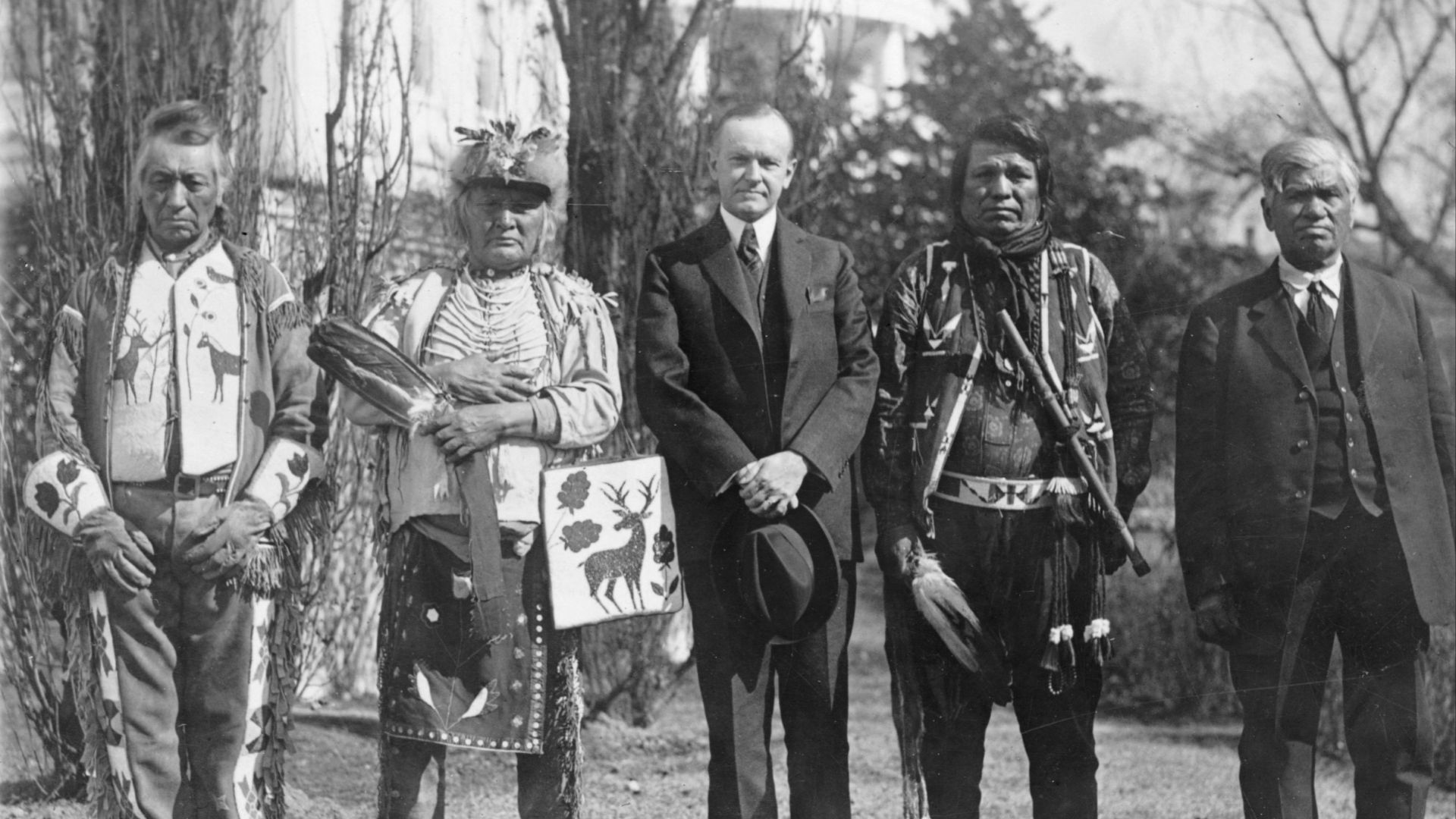 National Photo Company Collection on Wikimedia
National Photo Company Collection on Wikimedia
9. Tribes Were Original Stewards of the Land
Tribes rotated crops, used controlled burns, and harvested sustainably long before colonists arrived. The Menominee even practiced selective logging centuries ago. Today, Indigenous land management is being studied as a model for combating climate change and preserving biodiversity.
10. Yurok Lands Were Returned After 120 Years
After over a century of loss, the Yurok Tribe in California began reclaiming ancestral lands in 2024. It restored access to sacred redwood groves and salmon habitats. Through legal agreements and partnerships, tribal stewardship replaced federal oversight for the first time in generations.
11. Native Cultures Were Regionally Distinct
Not all Native cultures were alike. From the birch bark canoes of the Northeast to buffalo hides on the Plains, geography shaped identity. Cultural regions included the Plateau, Southeast, Great Basin, and others.
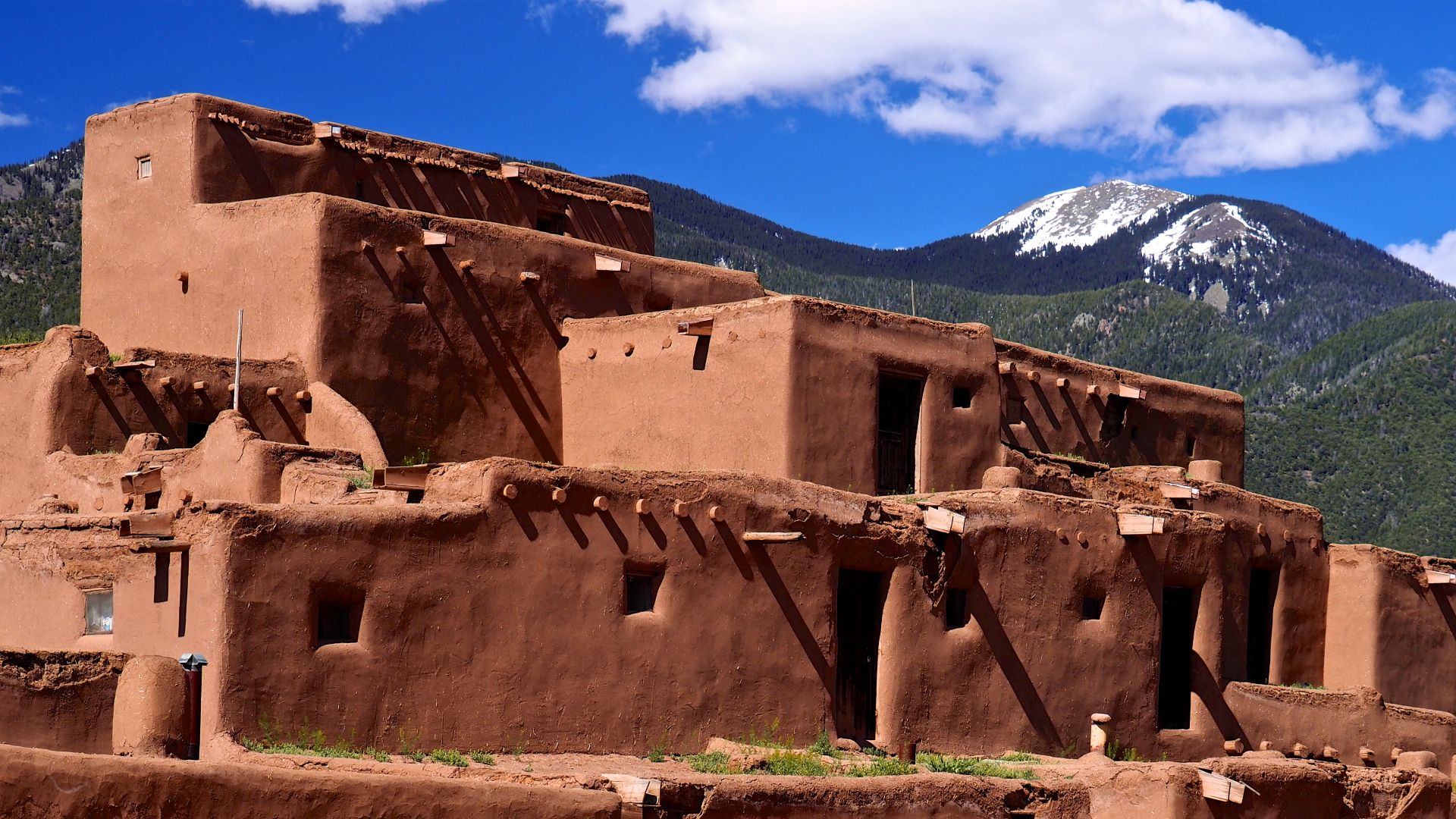 John Mackenzie Burke on Wikimedia
John Mackenzie Burke on Wikimedia
12. The Removal Act Displaced Many Tribes
In 1830, Andrew Jackson, through the Indian Removal Act, authorized the forced relocation of tribes from the Southeast. Entire nations were uprooted and over 100,000 people were displaced. This law laid the groundwork for multiple violent removals, including the Trail of Tears.
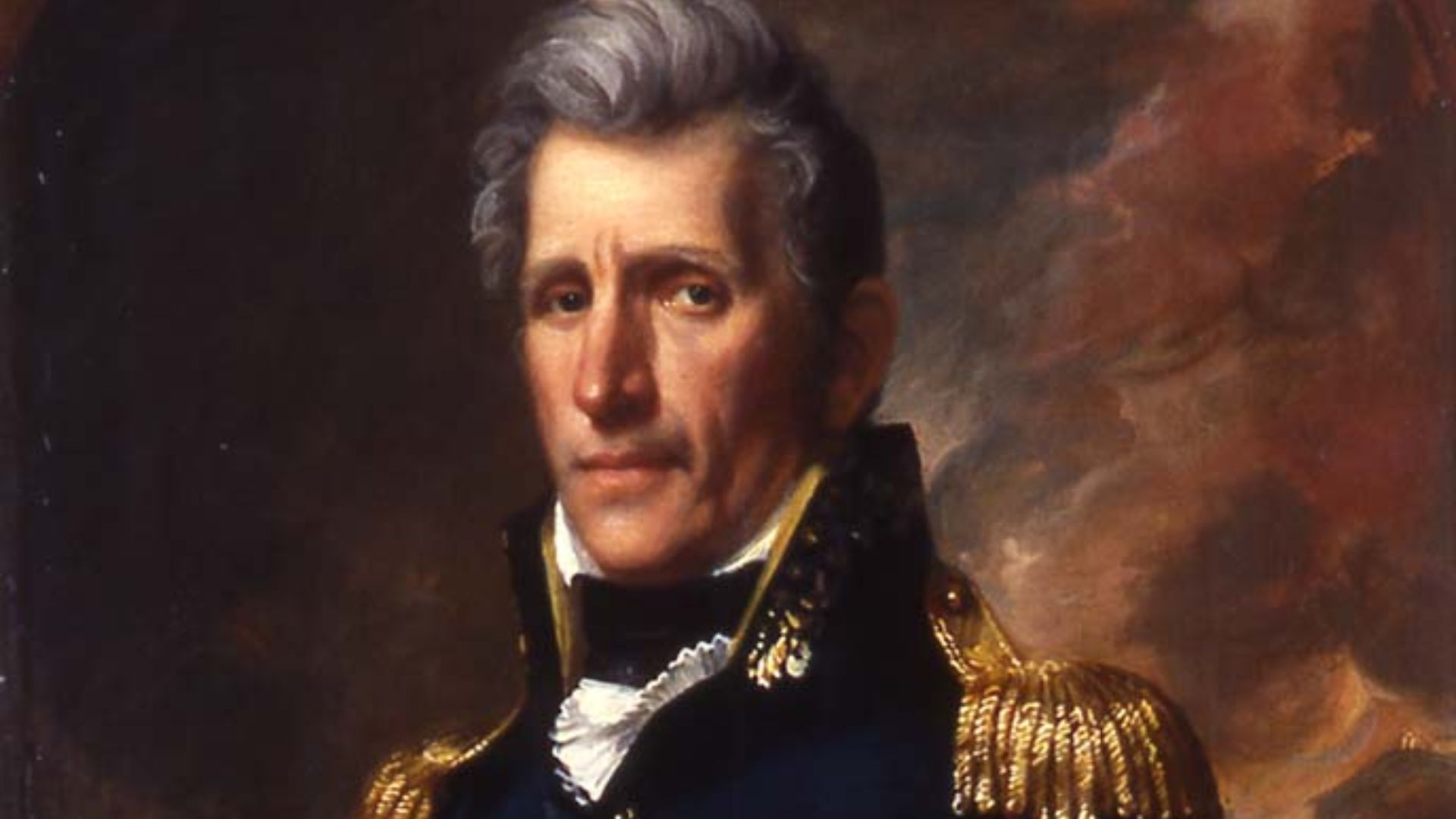 Samuel Lovett Waldo on Wikimedia
Samuel Lovett Waldo on Wikimedia
13. Corn, Beans, and Squash Formed Key Crops
Called the "Three Sisters," these crops grew together to support one another. Corn provided structure, beans added nitrogen, and squash blocked weeds. You’ll find this agricultural wisdom still used today, especially in Indigenous farming and permaculture projects that focus on sustainability and interdependence.
14. Native Service in the U.S. Military Spans Centuries
Native Americans have served in every major U.S. conflict, from the Revolutionary War to Afghanistan. During WWII alone, over 44,000 Native troops served, with tribal communities often honoring veterans with ceremonies and eagle feathers.
15. Tribal Languages Face Decline and Revival
Centuries of boarding schools and assimilation policies silenced Native tongues. Today, however, you'll find Cherokee taught via apps and Ojibwe classes in public schools. Some tribes even offer language immersion for toddlers. With each new speaker, a piece of culture and history returns to life.
16. Pre-Columbian Societies Were Advanced
Mississippian cities like Cahokia had trade networks and zoning plans. Mayan astronomers calculated eclipses centuries before telescopes. Complex irrigation systems thrived in the Southwest. Colonial narratives erased this complexity, but archaeological layers reveal infrastructure, class systems, and ceremonial centers that rivaled early European cities.
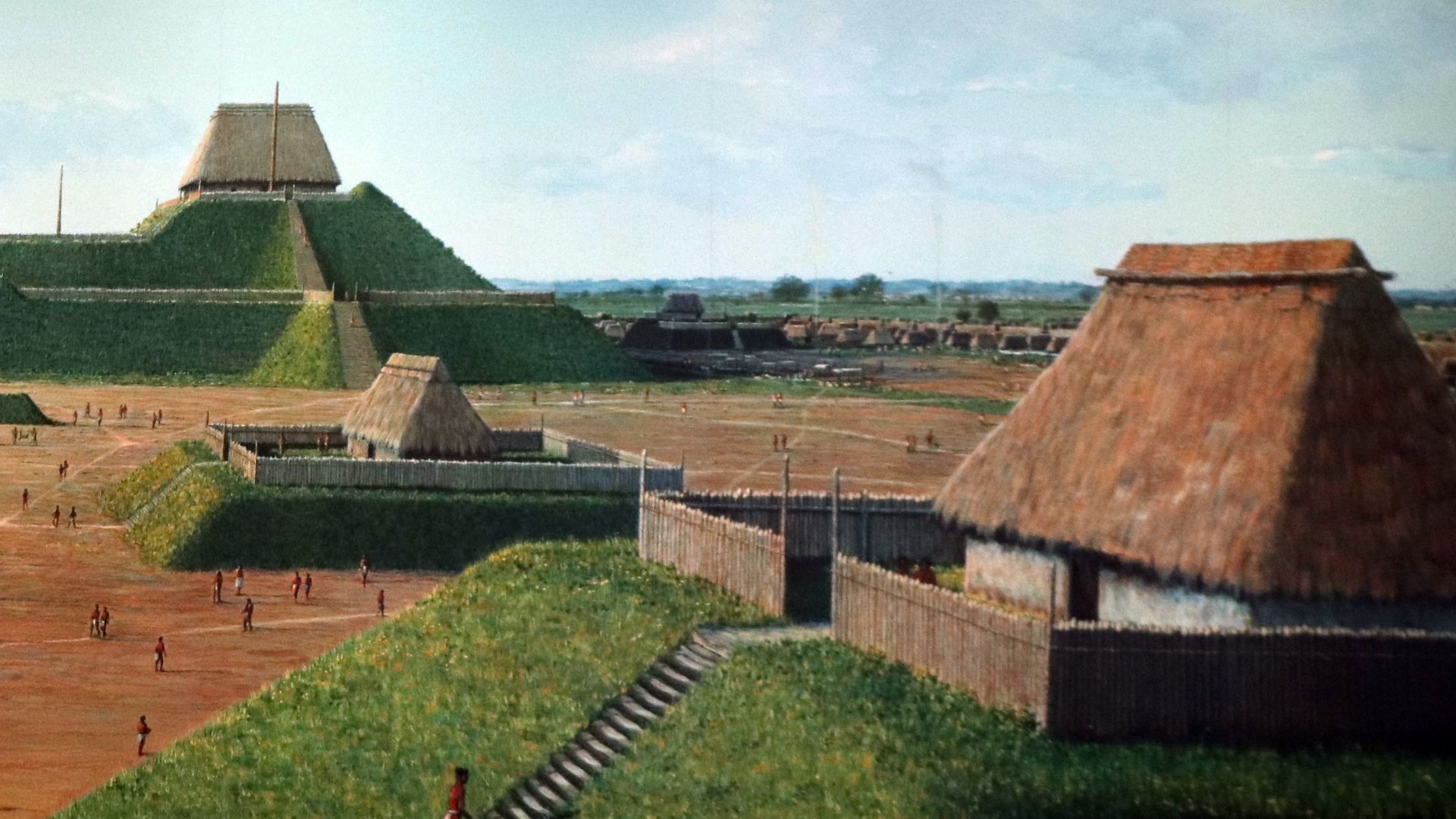 Thank You (24 Millions ) views on Wikimedia
Thank You (24 Millions ) views on Wikimedia
17. Native Art Dates Back Over 12,000 Years
Native art, like carved mammoth tusks and sandstone petroglyphs, predates the pyramids. Clovis-era artifacts show skilled workmanship and spiritual symbolism while tribal museums today preserve beadwork and carvings that connect directly to ancestral artisans.
18. Wounded Knee Protest Sparked a Rights Movement
In 1973, American Indian Movement activists occupied Wounded Knee to protest corruption and broken treaties. The standoff lasted 71 days. It led to Senate hearings on policy and re-energized tribal sovereignty debates. AIM chapters soon expanded nationwide, focusing on education and justice system reform.
 Wounded Knee '73 | American Indian Movement by Native American History
Wounded Knee '73 | American Indian Movement by Native American History
19. Spirituality Shaped Land and Resistance
To Natives, land is kin and spirit. Many tribes see mountains, rivers, and animals as relatives, not resources. That worldview underpins legal claims like those using the American Indian Religious Freedom Act (1978), which protects ceremonies and access to sacred sites across federal lands.
20. Tribal Treaties Hold Legal Authority
A treaty is a legal promise—binding, not symbolic. The U.S. signed hundreds of them with Native nations, often breaking them later. But they're still enforceable under the Constitution, and Supreme Court rulings, like McGirt v. Oklahoma (2020), have upheld treaty boundaries.
KEEP ON READING
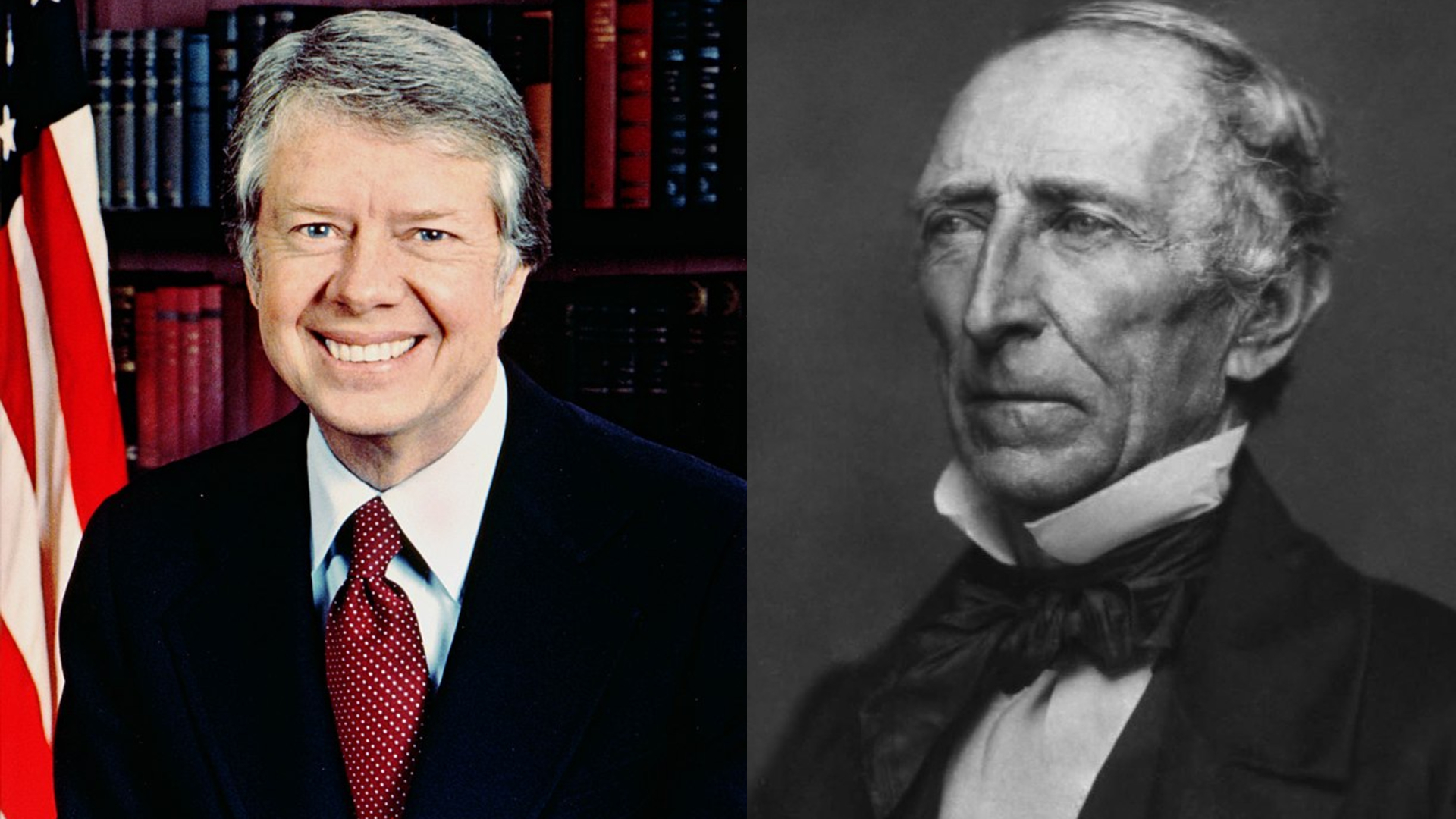
1 Weird Fact About Every President
Washington, Lincoln, FDR. Most people know something about the lives…
By Robbie Woods Dec 3, 2024
10 Actors Who Perfectly Played a Historical Figure & 10…
Which Performance is Your Favorite?. Playing the role of a…
By Rob Shapiro Sep 15, 2025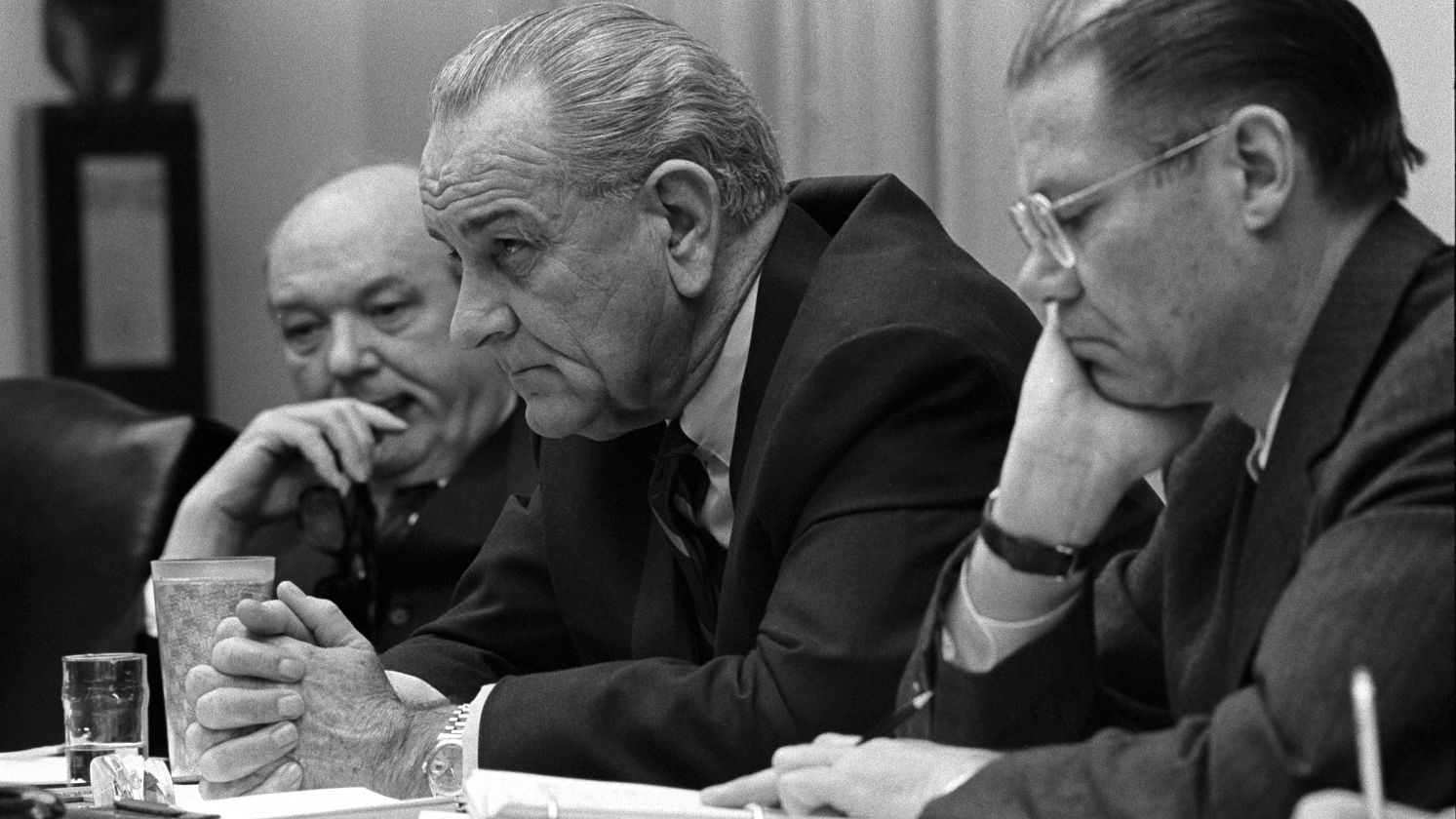
10 Actors Who Weren't Up To Playing A U.S. President…
Who Wouldn't Vote Woody Harrelson for President?. Actors who sign…
By Rob Shapiro Oct 22, 2025
10 Amazing Popes & 10 Who Weren't So Great
An Odd Cast of Characters Throughout History. From popes who…
By Henry Judd Apr 29, 2025
10 Ancient Civilizations You Don’t Want to Be Trapped In…
Grab Your Time Machine. Trying to pick out an ancient…
By Farva Ivkovic Feb 21, 2025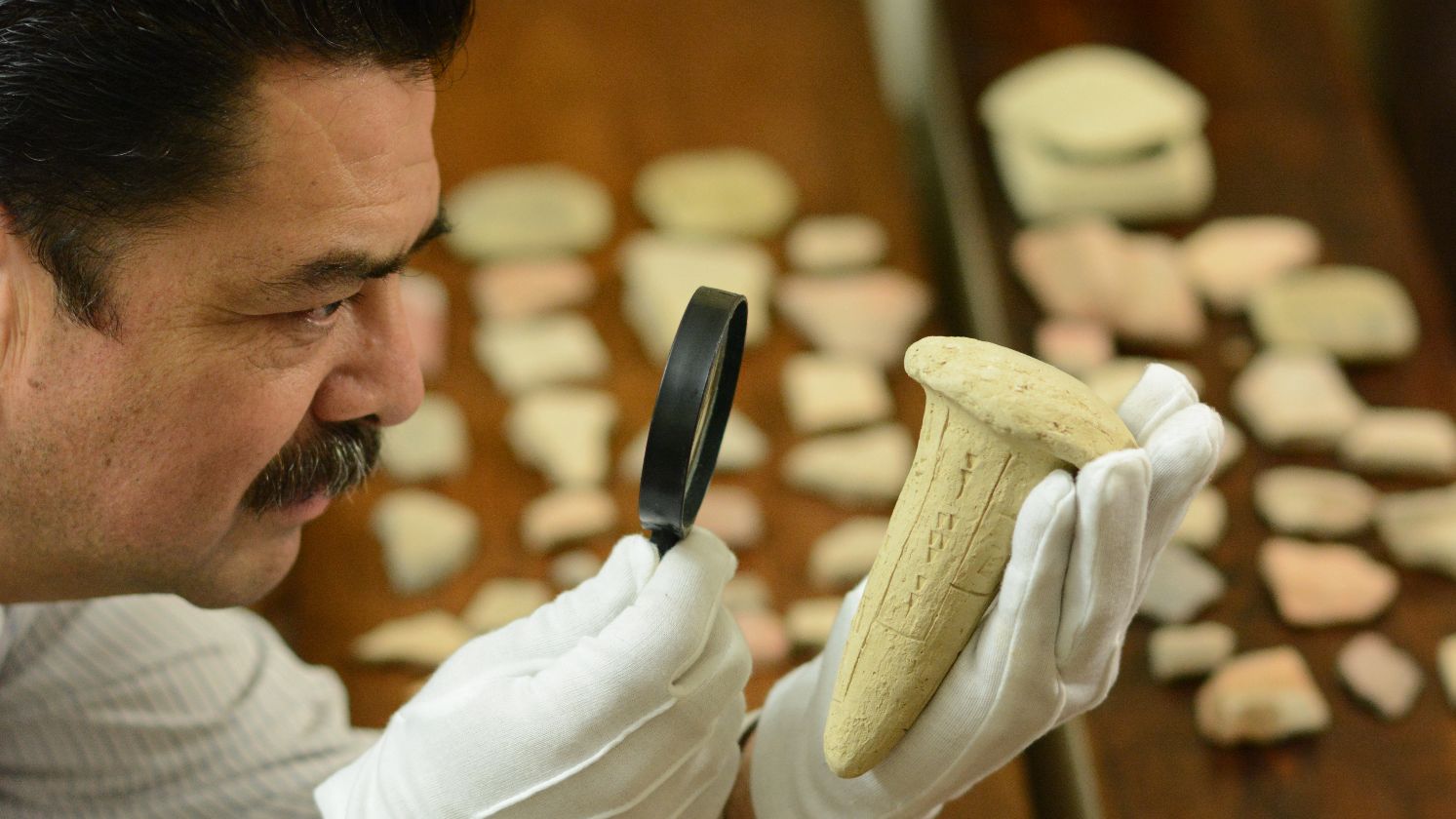
10 Ancient Lost Cities Yet To Be Found & 10…
Will You Find The Next Lost City?. Based on our…
By Breanna Schnurr Aug 27, 2025

